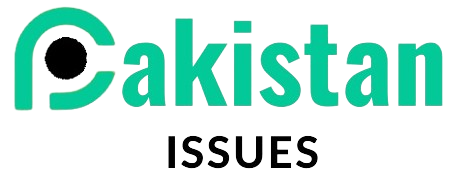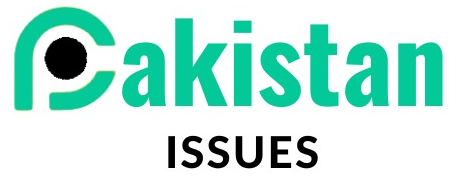Islamabad, June 16, 2025 — In a bold move that’s sure to ripple through the economy, the federal government has announced a sharp increase in fuel prices—the most significant adjustment in months. From midnight today, petrol will cost Rs 258.43 per litre, up by Rs 4.80, while high-speed diesel (HSD) has shot up to Rs 262.59 per litre, a jump of Rs 7.95.
Why This Hike?
According to official sources, the decision follows the Oil and Gas Regulatory Authority’s (OGRA) latest fortnightly review. The analysis it provided took into account rising global crude prices, a weakening rupee, and pressure from the IMF to reduce the fiscal deficit—while shunning new taxes on fuel .
Rather than adding GST to petrol and diesel, the government is relying on existing levies. At present, more than Rs 94 per litre of fuel cost comes from petroleum levies, development charges, and customs duties—all remain untouched .
Burden on the Common Man
Transporters and commuters will be feeling it right away. It’s going to be diesel-powered trucks and buses, that are the engine of goods movement, provided there is any oil available that is. Analysts predict higher prices for commodities, especially food and necessities, due to spiraling transport costs.
One small business owner in Karachi summed it up bluntly: “When diesel goes up, everything goes up—we’ll have to raise prices or shut down.”
Economic Context: Revisiting Fossil Fuel Financing
This increase comes amid broader discussions on the petroleum levy. Just a few weeks ago, an Economic Coordination Committee proposal warned about raising this levy by up to Rs 90 per litre, though political resistance kept it on hold for now.
Still, this current hike follows a familiar pattern: temporary relief followed by sudden spike. It comes on top of past increases and pinches households already dealing with inflation.
What This Means for Industry
Automotive and logistics industries are preparing for renewed cost pressure. Dealers are expected to raise charges, and trucking associations are likely to lobby for subsidies or tariffs to soften the blow.
The government, however, appears cautious. Officials suggest monitoring global oil trends and rupee exchange rates regularly—but say more hikes could follow if crude prices climb further.
Public Response & Political Fallout
Social media has lit up with heated reactions. Parents question how they’ll afford school runs, while delivery drivers share sob stories of sinking earnings. Opposition politicians are vocal, accusing the government of “policy failure” and demanding power subsidies instead.
Federal Minister for Finance, in a brief statement, acknowledged the public backlash but called the move “unavoidable” and promised review in the next fortnight.
Bottom Line
This fuel price hike is more than just a mark-up per litre—it’s a catalyst for inflationary pressure, political protest, and economic uncertainty. As Pakistan navigates global volatility and domestic demands, the government’s balancing act between fiscal responsibility and public relief becomes ever more critical.










